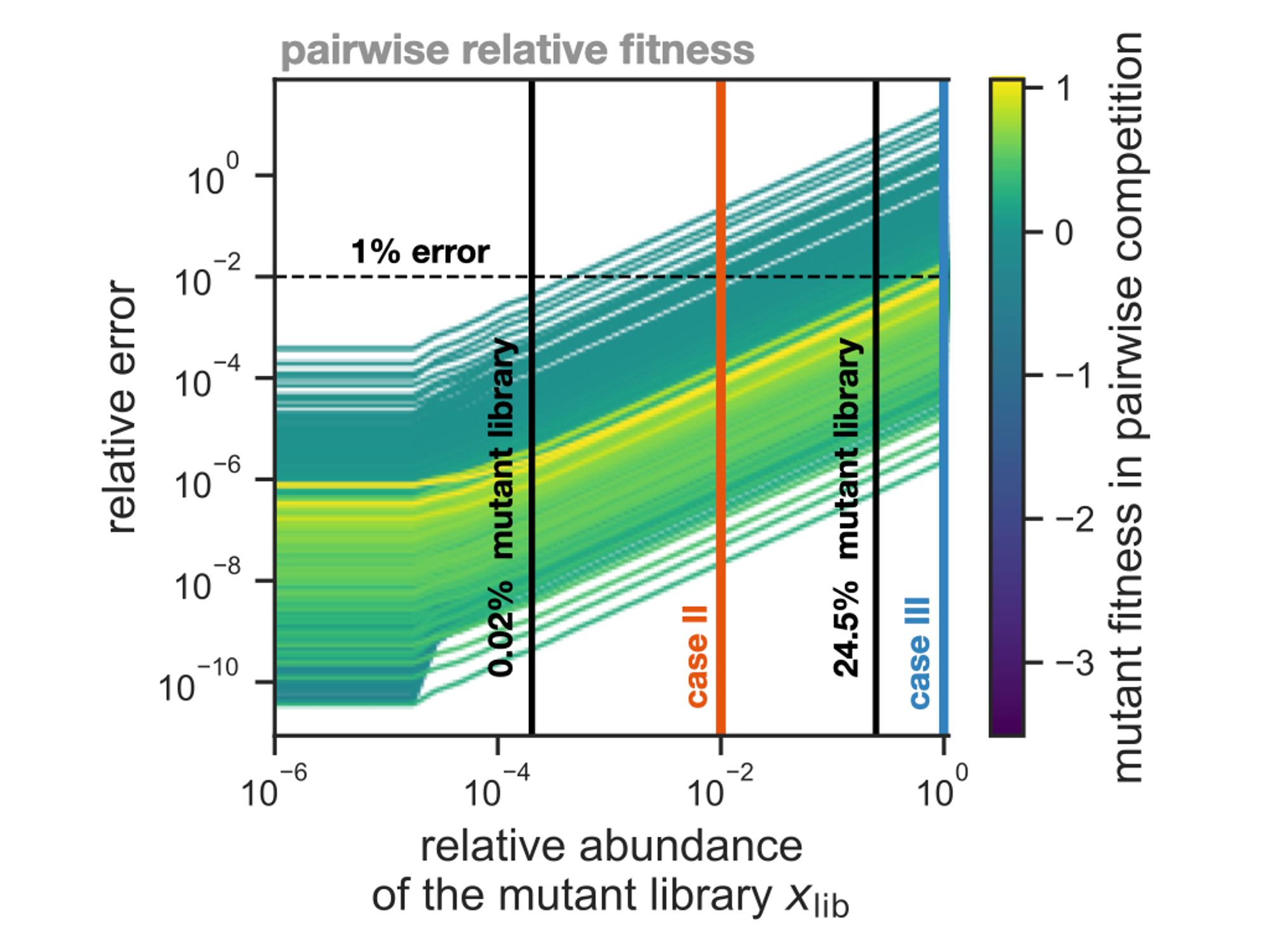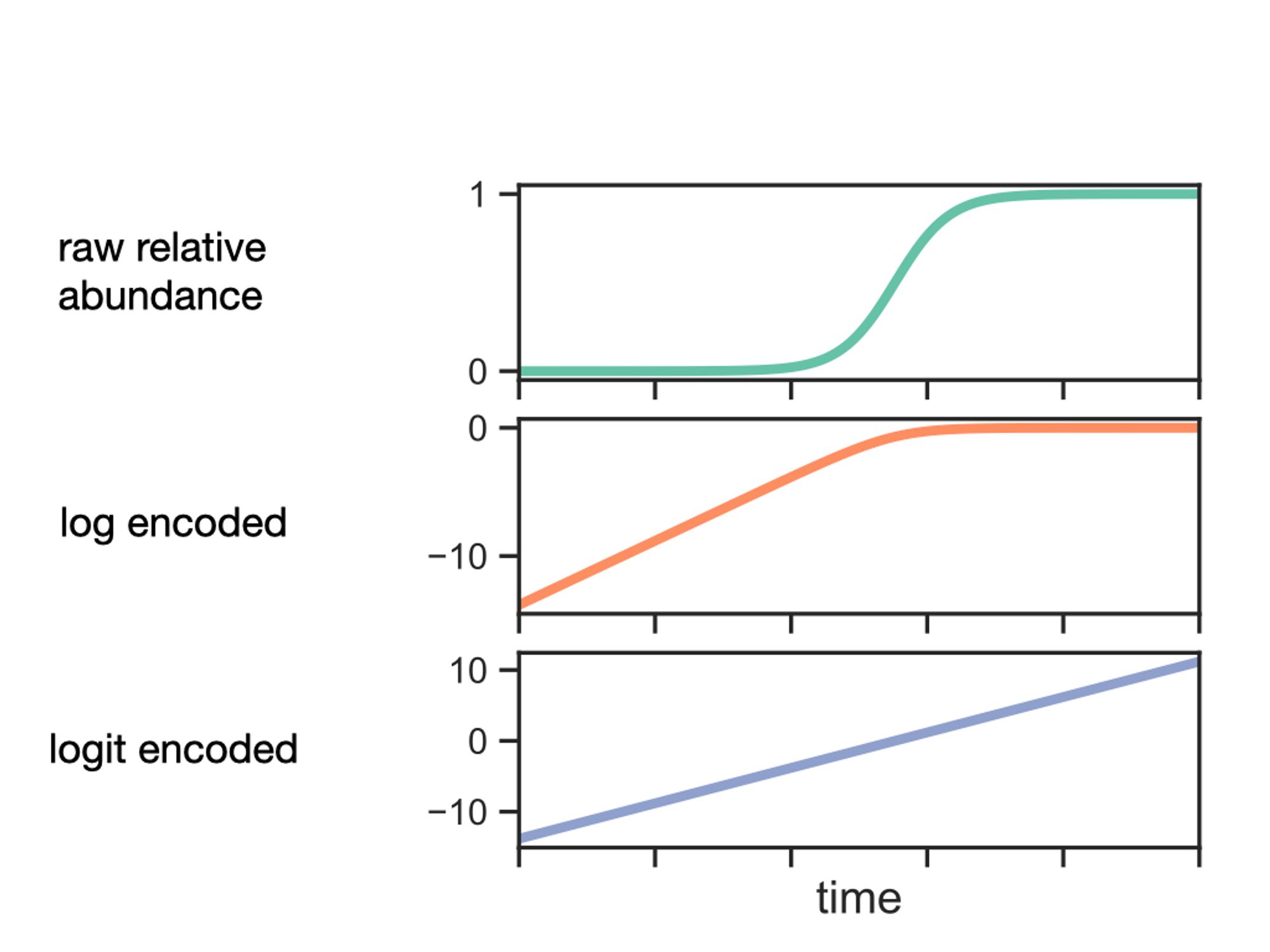Feel free to reach out with comment and questions! I might catch the comments here, but usually email works better - the address is on my website (link in bio). Thank you!
Why care about the choice of fitness statistic? As microbial ecologist, we naturally care about reliable physical equipment to get the best data out of the labor. I argue, we should apply the same high standards to the relative fitness statistics that we use to quantify these experimental data. n/n
Finally, we take a closer look at bulk fitness measurements -even under perfect measurement there is room for discrepancy because of different choices for the reference group and higher-order effects. We recommend inoculating the mutant library at ~25% of the initial biomass, and include wild-type.

Using competition data from the LTEE, we confirm the long-term fitness increase in relative fitness per-cycle (but see Figure S10). The disranking effect *does* raise questions for quantifying epistasis: we see negative magnitude statistic between lag time and yield in one statistic, not the other.

We use empirical traits from Yeast mutants to show that relative fitness per-generation leads to a different mutant ranking than the per-cycle statistic. This effect occurs is based on a fundamental inconsistency of the two definitions, and it's possible to construct complete anti-correlation. 6/n

Now what about the relative fitness per-generation W and the per-cycle selection coefficient s? Both are based on the logit encoding, but the per-generation statistic uses information on the wild-type growth to normalize the time-scale. Simple math shows that de-correlation between them is possible!

To improve the prediction, we can consider the transformed trajectory log(x) or logit(x). This linearizes (part of) the trajectory, so the derivative d log(x)/dt and especially d logit(x)/dt make for much better statistics of relative fitness. This logic generalizes to other dynamics! 4/n

What's the most basic relative fitness statistic? It's the slope dx/dt where x is the relative abundance trajectory of the mutant of interest. Clearly, it can predict the future abundance (linear extrapolation), but the slope only works over a short time horizon - see this simulated trajector. 3/n

We start with a definition: relative fitness is any statistic that is sufficient to predict the relative abundance of the mutant. There is other fitness concepts, like absolute fitness and fitness potentials (used for fitness landscapes) - these are distinct, we focus on relative fitness here. 2/n
